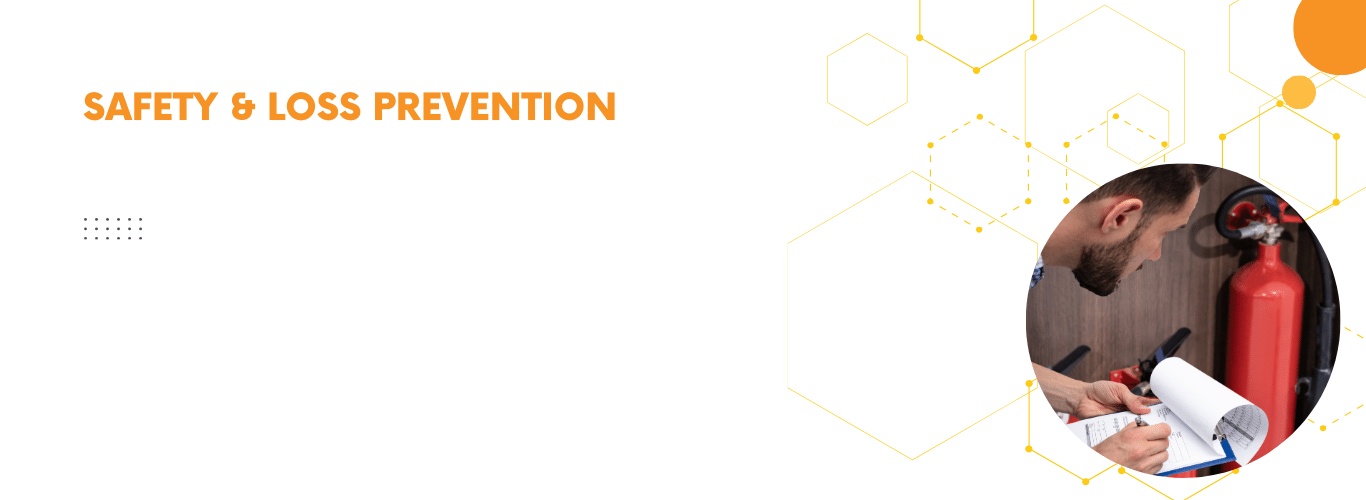
Course Introduction
Turning zero accidents from an aspiration into an attainable goal is a worthy challenge that has been taken up by many companies; when you have safety and health integration, safety is a core value along with production, sales, customer service and quality. This is most effective when safety and health is balanced with and incorporated into the core business processes.
If you have a management system, this allows you a systematic approach to safety and health. This can be implemented similarly to quality and environmental systems. It will go beyond basic compliance to focus on all hazards and should be a formal, documented system.
Accountability for injury and incident prevention can vary significantly from organization to organization. Who is ultimately responsible in your company? Does everyone understand his or her role and responsibilities?
Major petroleum companies have recognized this need and have been developing systematic approaches for addressing HSE issues, improving HSE skills and fully integrating HSE management into their day-to-day business.
Today’s Occupational Health and Safety Professionals take the pro-active approach by trying to prevent ill- health and accidents before occurrence in-order to reduce losses.
Course Objectives
By the completion of the workshop the participants:
- Will have a firm understanding of the basics of safety and loss prevention. Understand what are the effective risk assessment and risk management techniques and tools used in the industry-Learn about lessons from losses in oil and gas industries
- Applying HSSE concepts and practices by providing them with the tools and training to allow them to carry out basic hazard identification and risk assessments in their workplace
- Have practiced how to conduct audits effectively to monitor and mitigate the risks-Have practiced using hazard identification and communication techniques and tools-Understand and have practiced using the Plan Do Check Act framework.
Training Methodology:
- Participants will learn by active participation during the program using exercises, questionnaire, syndicate and group discussion.
Course Outlines:
Introduction to Course Objectives and Daily Plan
Introduction to Safety and Loss Prevention
- Course aims and objectives.
- Why safety and loss prevention is important to everyone
- Accident/incident prevention.
- Accident/incident investigation.
- Analyzing incidents/accidents.
- Risk assessment methodologies.
Risk Assessment in the Workplace
- Risk Concepts
- Risk Terminology
- Hazardous Event
- What is Risk?
- Typical Incidents that Concern Us
- Industrial incidents of Major Significance
- Major accident changed the world
Learn about lessons from losses in oil and gas industries, globally and regionally
- Case Study No. 1: GASCO ASAB-1 NITROGEN VESSEL DISINTEGRATION INCIDENT
- Case Study No. 2 “Process Safety Management DVD”
- Case Study No. 3” BP Texas City Explosion”
- Process Safety Performance Indicators (Lead & Lag) Safety Indicators
- Human Factors “Communication”
- Mechanical Integrity
How to conduct audits effectively to monitor and mitigate the risks
- LOPA Concept
- Prevention and proactive approach
- Containment and Mitigation after top event as reactive approach
- ALARP approach
- Specific guidelines for developing cost effective written programs “Cost Benefit Analysis Approach”
- Risk Bow-Tie
Introduction to Hazards & Effects Management Process
- Failure of Control Measures “Engineering& Administrative” Control is the main contribution for accident causation “Top Event”
- Failure of Mitigation and Recovery measures is the main contribution for increasing Losses “Property Damage, Human Losses, Environment Damage and Loss of Reputation”
Hazard identification and communication techniques and tools
Workplace Hazards and hazards in Oil& Gas Industry
- Chemical hazards at work
- Introduction to toxicology
- Control of substances hazardous to health
- Gases& Gas Testing: Explosive, Toxicity, Oxygen Deficiency
- Hydrogen Sulphide – Pyrophoric Iron
- Hydrocarbon Physical Properties
- Process Hazards During Startup and Shutdown
Controlling Hazards “the Hierarchy of Controls”
- Elimination
- Substitution
- Engineering Controls
- Administrative Control
- Personal Protective Equipment (PPE)
Appling “PDCA” concept in safety planning
